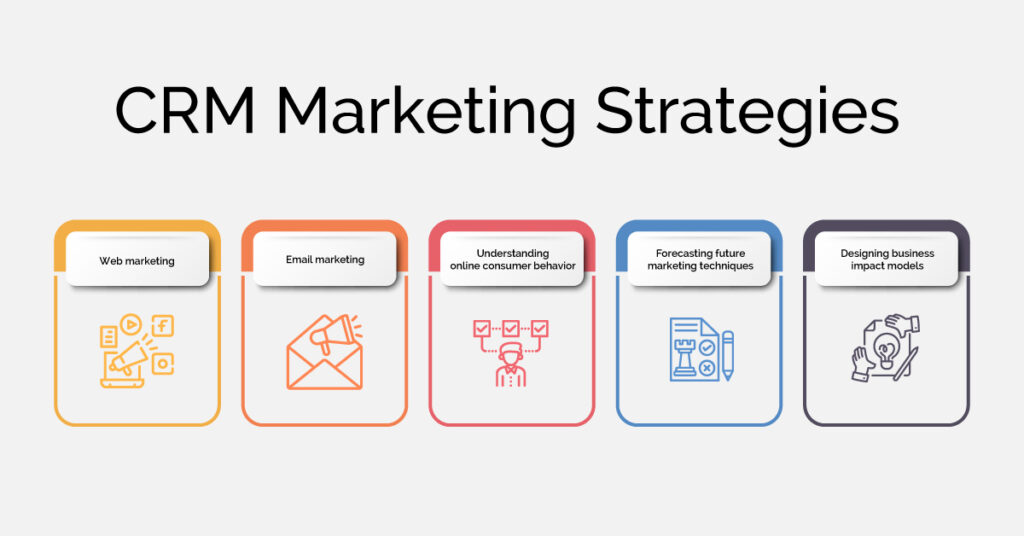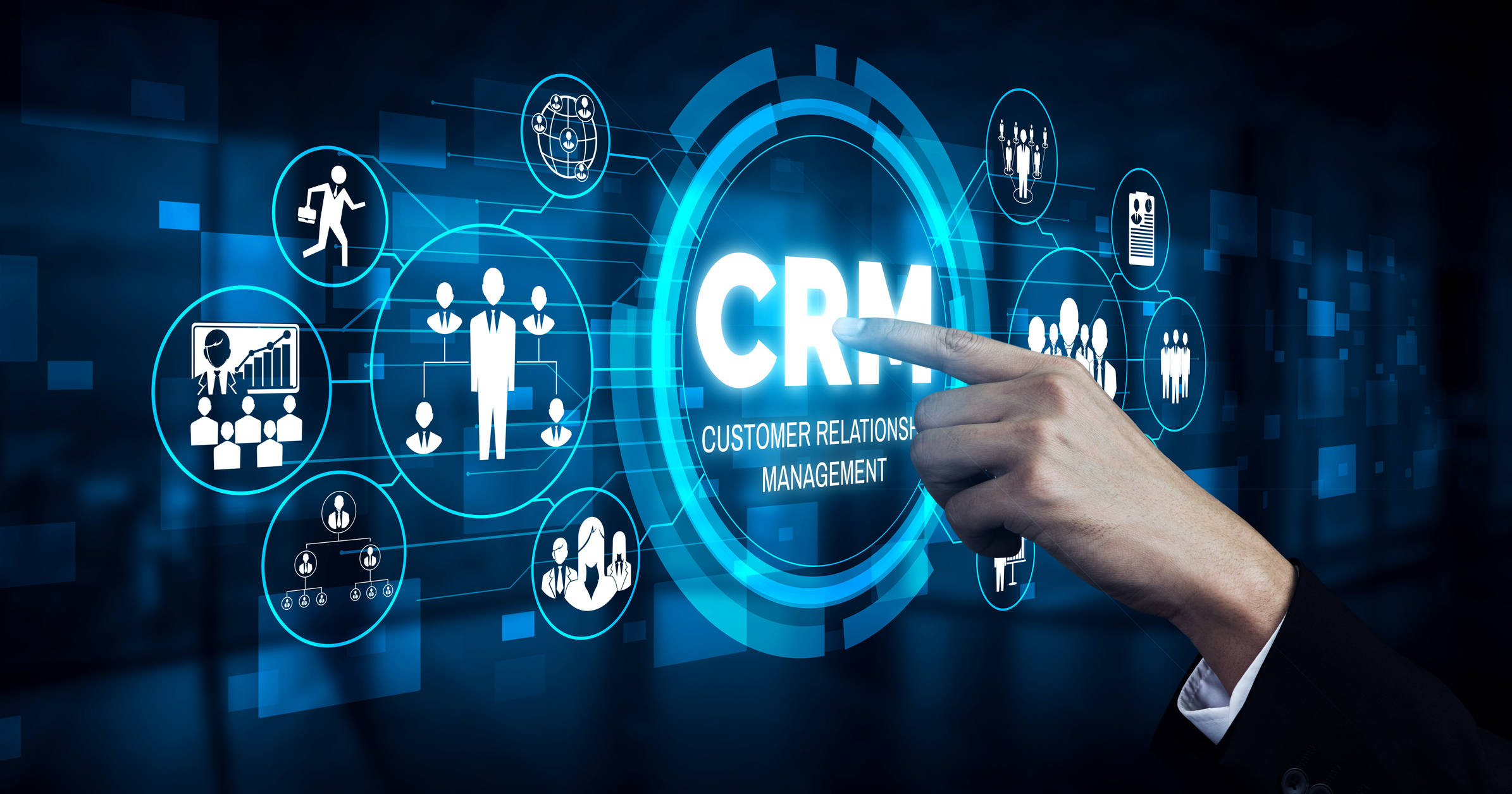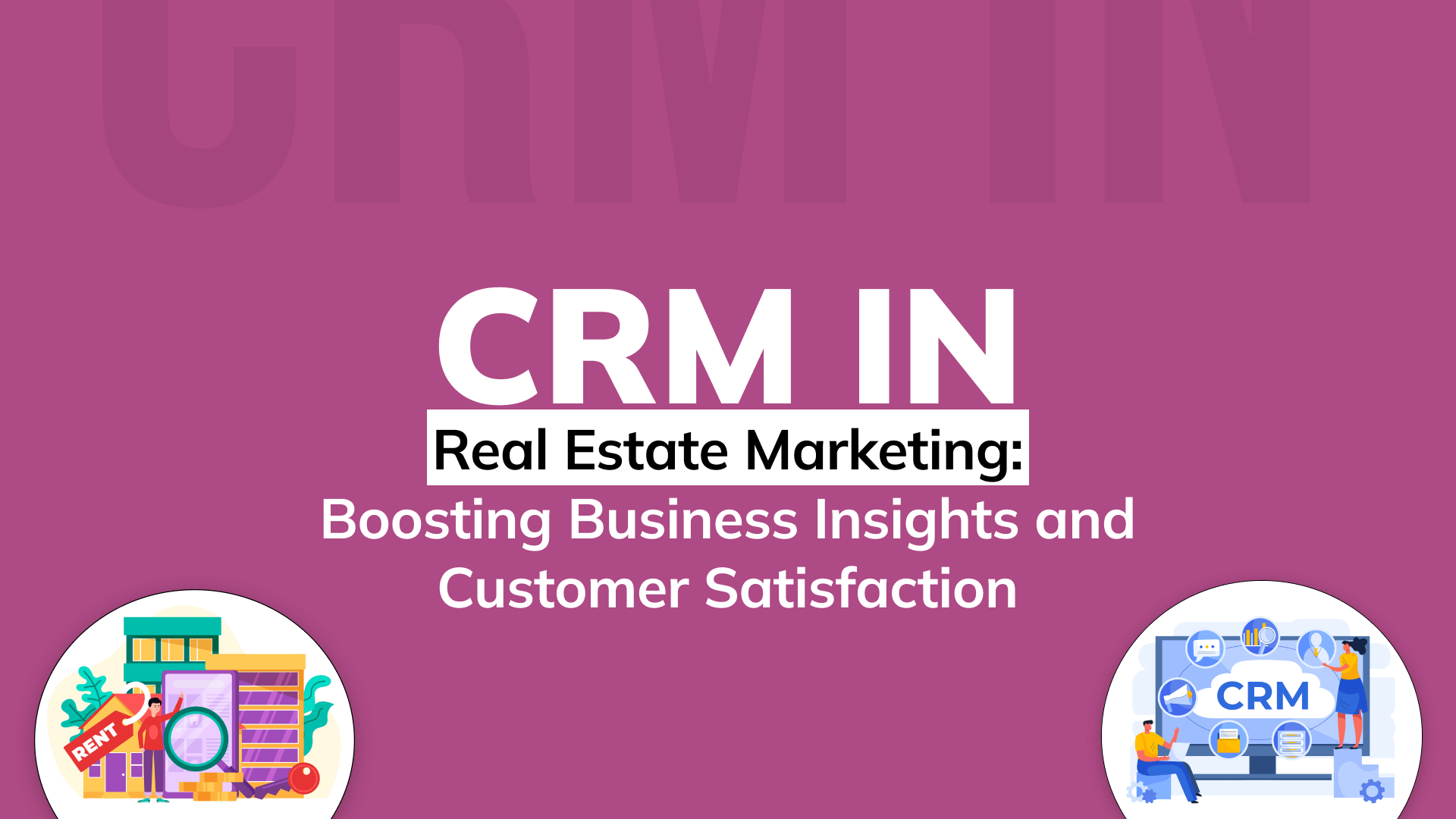
Boosting Your Business: The Power of CRM, Marketing, and Customer Feedback
In the ever-evolving landscape of business, staying ahead of the curve requires more than just a great product or service. It demands a deep understanding of your customers, a strategic approach to marketing, and a system that allows you to capture, analyze, and act upon valuable insights. This is where the synergy of Customer Relationship Management (CRM), marketing strategies, and customer feedback comes into play. This article will delve into the intricacies of these three elements, exploring how they work together to propel your business towards success.
Understanding the Core Components
What is CRM?
At its heart, CRM is a technology that manages all your company’s relationships and interactions with customers and potential customers. The goal is simple: improve business relationships. A CRM system helps companies stay connected to customers, streamline processes, and improve profitability. When people talk about CRM, they’re often referring to a system, but the concept goes far beyond just software. It’s a business strategy that prioritizes customer satisfaction and loyalty. Think of it as the central nervous system of your customer interactions.
Key features of a CRM system typically include:
- Contact Management: Storing and organizing customer information, including contact details, purchase history, and communication logs.
- Sales Automation: Automating sales processes, such as lead tracking, opportunity management, and deal closing.
- Marketing Automation: Automating marketing campaigns, including email marketing, social media management, and lead nurturing.
- Customer Service: Managing customer inquiries, support tickets, and resolving issues efficiently.
- Reporting and Analytics: Providing insights into customer behavior, sales performance, and marketing effectiveness.
The Role of Marketing
Marketing is the engine that drives customer acquisition and brand awareness. It’s the process of creating, communicating, and delivering value to customers. Effective marketing strategies involve understanding your target audience, identifying their needs, and crafting compelling messages that resonate with them. Modern marketing goes far beyond traditional advertising; it encompasses a wide range of activities, including content marketing, social media marketing, search engine optimization (SEO), and email marketing.
Some important marketing strategies include:
- Content Marketing: Creating valuable and informative content to attract and engage your target audience.
- Social Media Marketing: Building a presence on social media platforms to connect with customers and promote your brand.
- Search Engine Optimization (SEO): Optimizing your website and content to rank higher in search engine results pages (SERPs).
- Email Marketing: Sending targeted email campaigns to nurture leads, promote products, and provide updates.
The Power of Customer Feedback
Customer feedback is the lifeblood of any successful business. It provides invaluable insights into customer satisfaction, areas for improvement, and opportunities for innovation. Gathering customer feedback can be done through various channels, including surveys, reviews, social media monitoring, and direct communication. Analyzing this feedback allows businesses to understand what customers like, what they dislike, and what they want. This information is critical for making data-driven decisions and improving the customer experience.
Ways to gather customer feedback:
- Surveys: Sending out surveys to gather feedback on specific products, services, or experiences.
- Reviews: Monitoring online reviews on platforms like Google, Yelp, and industry-specific websites.
- Social Media Monitoring: Tracking mentions, comments, and conversations about your brand on social media.
- Direct Communication: Encouraging customers to provide feedback through email, phone calls, or live chat.
Synergistic Relationship: CRM, Marketing, and Customer Feedback
The true power of CRM, marketing, and customer feedback lies in their synergy. When these three elements work together, they create a powerful engine for business growth. CRM provides the foundation for managing customer data and interactions. Marketing uses this data to target the right customers with the right messages. Customer feedback provides insights that help refine marketing strategies and improve the customer experience. The interconnectedness is what makes this combination so effective.
How CRM Supports Marketing
CRM systems provide marketers with a wealth of data about customers, including their demographics, purchase history, and communication preferences. This data can be used to segment customers into different groups and tailor marketing campaigns to their specific needs and interests. For example, a CRM system can identify customers who have previously purchased a particular product and send them targeted email promotions for related products. This personalized approach to marketing is much more effective than sending generic messages to everyone.
Here’s how CRM empowers marketing:
- Customer Segmentation: Dividing customers into groups based on shared characteristics for targeted campaigns.
- Personalization: Tailoring marketing messages and offers to individual customer preferences.
- Lead Management: Tracking leads through the sales funnel and nurturing them with relevant content and offers.
- Campaign Tracking: Measuring the effectiveness of marketing campaigns and identifying areas for improvement.
How Marketing Drives CRM
Marketing activities generate leads and drive customer interactions, which in turn feed the CRM system with valuable data. This data can be used to track the effectiveness of marketing campaigns, identify the most valuable leads, and improve the overall customer experience. For example, marketing campaigns can be designed to capture customer information and integrate it directly into the CRM system. This ensures that the CRM system always has the most up-to-date information about customers.
How marketing fuels CRM:
- Lead Generation: Attracting potential customers and capturing their contact information.
- Data Enrichment: Providing additional information about customers to enhance the CRM database.
- Campaign Performance Analysis: Tracking the results of marketing campaigns and using the data to refine CRM strategies.
- Customer Acquisition: Converting leads into paying customers, which drives revenue and growth.
How Customer Feedback Enhances Both
Customer feedback provides valuable insights that can be used to improve both CRM and marketing efforts. Feedback can reveal areas where the customer experience is lacking, such as slow response times or unhelpful support. This information can be used to improve CRM processes and provide better customer service. Customer feedback can also be used to refine marketing messages and target the right customers with the right offers. For instance, if customer feedback indicates that a product is difficult to use, marketing materials can be updated to highlight the product’s ease of use.
How feedback improves CRM and Marketing:
- Improving Customer Service: Identifying areas where customer service can be improved.
- Refining Marketing Messages: Tailoring marketing messages to address customer concerns and preferences.
- Product Development: Gathering feedback on product features and using it to improve product development.
- Enhancing Customer Experience: Creating a better overall customer experience based on customer feedback.
Implementing a Winning Strategy
Integrating CRM, marketing, and customer feedback into a cohesive strategy requires careful planning and execution. It’s not enough to simply implement a CRM system or launch a marketing campaign. You need a plan that aligns your CRM, marketing, and customer feedback efforts with your overall business goals. This involves defining your target audience, setting clear objectives, and choosing the right tools and technologies.
Choosing the Right CRM System
Selecting the right CRM system is crucial for success. There are many different CRM systems available, each with its own features and capabilities. When choosing a CRM system, consider your specific business needs, budget, and technical expertise. Some popular CRM systems include Salesforce, HubSpot, Zoho CRM, and Microsoft Dynamics 365. Consider how well the CRM integrates with your existing marketing tools and how easy it is to use for both your sales and marketing teams.
Key factors to consider when choosing a CRM:
- Features: Does it meet your specific needs?
- Scalability: Can it grow with your business?
- Integration: Does it integrate with your other tools?
- Ease of Use: Is it user-friendly for your team?
- Cost: Does it fit your budget?
Developing a Data-Driven Marketing Strategy
Your marketing strategy should be driven by data from your CRM system and customer feedback. Use the data to understand your target audience, identify their needs, and create targeted marketing campaigns. This includes using the data to segment your customer base, personalize your marketing messages, and track the performance of your campaigns. Regularly analyze your results and make adjustments to your strategy as needed. Test different approaches and see what resonates best with your audience.
Steps for creating a data-driven marketing plan:
- Define your target audience.
- Set clear marketing objectives.
- Segment your customer base.
- Personalize your marketing messages.
- Track campaign performance.
- Analyze results and make adjustments.
Establishing Feedback Loops
Creating feedback loops is essential for continuously improving your customer experience. Implement processes for gathering customer feedback through various channels, such as surveys, reviews, and social media monitoring. Analyze the feedback and use it to identify areas for improvement in your products, services, and customer service. Share the feedback with your team and encourage them to take action to address customer concerns. Regularly review and update your feedback processes to ensure they are effective.
Key steps for establishing feedback loops:
- Choose your feedback channels.
- Collect customer feedback regularly.
- Analyze the feedback.
- Share the feedback with your team.
- Take action to address customer concerns.
- Review and update your processes.
Real-World Examples of Success
Numerous businesses have successfully leveraged the power of CRM, marketing, and customer feedback to achieve remarkable results. These examples demonstrate the practical application of these strategies and highlight the benefits of integrating them into your business operations.
Example 1: E-commerce Retailer
An e-commerce retailer used a CRM system to track customer purchase history, browsing behavior, and communication preferences. They then used this data to create targeted email marketing campaigns. For example, customers who had previously purchased shoes were sent emails promoting new shoe arrivals or special offers on related accessories. They also implemented a post-purchase survey to gather customer feedback on their shopping experience. The results were used to improve their website design, customer service, and product recommendations. This comprehensive approach led to a significant increase in sales, customer loyalty, and positive reviews.
Example 2: Software as a Service (SaaS) Company
A SaaS company integrated its CRM system with its marketing automation platform. This allowed them to track leads through the sales funnel and nurture them with targeted content and offers. They also implemented a customer feedback system to gather feedback on their software features, usability, and support. This feedback was used to prioritize product development efforts, improve the user experience, and provide better customer support. As a result, they saw a reduction in customer churn, increased customer satisfaction, and a higher customer lifetime value.
Example 3: Restaurant Chain
A restaurant chain used a CRM system to track customer orders, preferences, and feedback. They used this data to personalize their marketing efforts, such as sending targeted email promotions to customers who had previously ordered specific menu items. They also implemented a loyalty program to reward repeat customers and encourage them to provide feedback. The feedback was used to improve their menu offerings, service quality, and overall customer experience. This resulted in increased foot traffic, higher customer satisfaction, and positive word-of-mouth referrals.
Challenges and Solutions
While the benefits of integrating CRM, marketing, and customer feedback are undeniable, there can be challenges along the way. Recognizing these potential obstacles and proactively addressing them can help you overcome them and maximize your chances of success.
Data Privacy and Security
Protecting customer data is paramount. Implement robust security measures to safeguard customer information from unauthorized access and breaches. Comply with all relevant data privacy regulations, such as GDPR and CCPA. Be transparent with customers about how you collect, use, and store their data. Ensure you have a clear privacy policy in place and obtain consent when necessary. Regularly review and update your data privacy and security practices to stay ahead of evolving threats.
How to address data privacy and security:
- Implement robust security measures.
- Comply with data privacy regulations.
- Be transparent with customers.
- Obtain consent when necessary.
- Regularly review and update your practices.
Data Silos and Integration
Data silos, where customer information is scattered across multiple systems, can hinder your ability to gain a complete view of your customers. Integrate your CRM system with your marketing automation platform, customer service tools, and other relevant systems. This will allow you to share data seamlessly and create a unified customer profile. Choose a CRM system that offers robust integration capabilities and can easily connect with your existing tools. Prioritize data quality and ensure that all your systems are using the same data standards.
Solving data silos and integration challenges:
- Integrate your systems.
- Choose a CRM with robust integration capabilities.
- Prioritize data quality.
- Use the same data standards across all systems.
Resistance to Change
Implementing new systems and processes can sometimes face resistance from employees. To overcome this, communicate the benefits of the new approach clearly and consistently. Provide adequate training and support to help employees understand how to use the new tools and processes. Encourage feedback and address any concerns they may have. Involve employees in the implementation process to foster a sense of ownership. Celebrate successes and recognize employees who embrace the new approach.
How to manage resistance to change:
- Communicate the benefits clearly.
- Provide adequate training and support.
- Encourage feedback.
- Involve employees in the process.
- Celebrate successes.
Future Trends and Predictions
The landscape of CRM, marketing, and customer feedback is constantly evolving. Staying informed about emerging trends and technologies is crucial for staying ahead of the competition. Here are some future trends to watch:
Artificial Intelligence (AI) and Machine Learning
AI and machine learning are transforming the way businesses interact with customers. AI-powered CRM systems can automate tasks, provide personalized recommendations, and predict customer behavior. Chatbots can provide instant customer support and answer frequently asked questions. Machine learning algorithms can analyze customer data to identify patterns and insights that would be difficult for humans to detect. As AI continues to advance, it will play an increasingly important role in CRM, marketing, and customer feedback.
Personalization at Scale
Customers expect personalized experiences. Businesses will need to leverage data to deliver highly personalized content, offers, and interactions. This includes using AI and machine learning to understand customer preferences and tailor marketing messages accordingly. The use of dynamic content and personalized websites will become more prevalent. The goal is to create a one-to-one experience that makes each customer feel valued and understood.
Focus on Customer Experience (CX)
Customer experience is becoming a key differentiator. Businesses will need to prioritize the customer experience across all touchpoints. This includes providing seamless customer service, delivering exceptional products and services, and creating a positive brand image. Measuring and analyzing customer feedback will be crucial for identifying areas for improvement and ensuring that the customer experience is consistently positive. This focus on CX will drive customer loyalty and advocacy.
Conclusion: Embrace the Power of Integration
In conclusion, the integration of CRM, marketing, and customer feedback is not just a trend; it’s a necessity for businesses that want to thrive in today’s competitive market. By leveraging the power of these three elements, you can build stronger customer relationships, create more effective marketing campaigns, and gain valuable insights into your customers’ needs and preferences. Embrace a data-driven approach, prioritize the customer experience, and continuously refine your strategies based on customer feedback. The businesses that master this integration will be well-positioned to achieve sustainable growth and success. Take action today to implement these strategies and unlock the full potential of your business.

